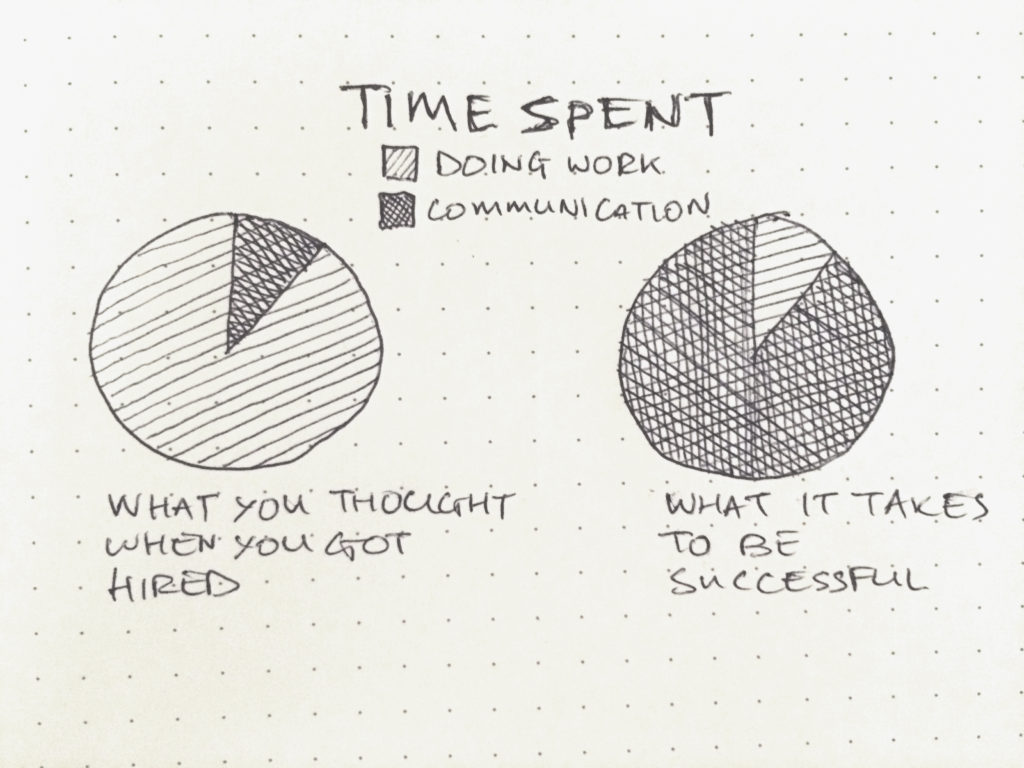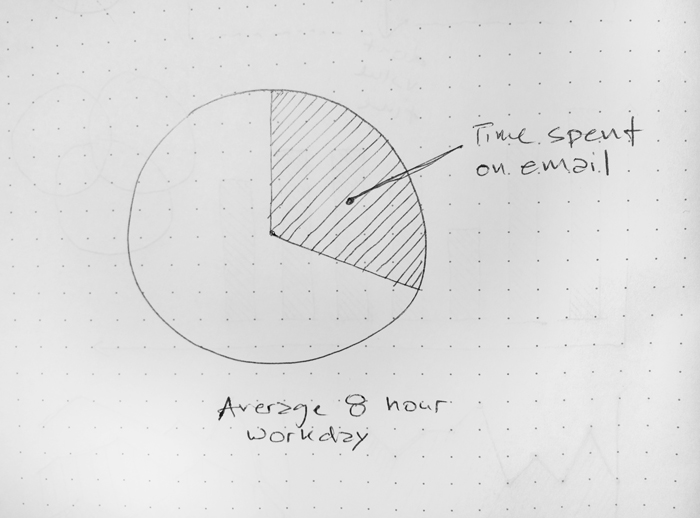108 billion business emails per day – we can’t end this insanity but we can make it (slightly) better
I’ve got bad news for everyone: email isn’t going away. In 2014 businesses sent 108.7 billion emails per day, according to a study published by Radicati. That’s a lot of email. Reading email takes up an average of 28% of the work day, according to Fortune magazine. And despite the inroads of chat apps like Slack, Yammer and others, email usage is projected to grow at 5-7% over the next few years.
And people hate email. Email gets the kind of hatred usually reserved for self-described business gurus, or the room-temperature luncheon meat you find in the buffet line at a real estate seminar.
We talk about the decline of email (it’s growing more slowly, that’s true) explaining that we live in a visual culture, complaining about cluttered inboxes and wasted time.
Except email isn’t horrible. We do just fine in a text-based environments. We read and share articles on Buzzfeed (let’s be honest, we only read the headlines), we post Facebook updates and use Instagram #hashtags with no real problems. Even Slack, the tech unicorn de jour, is based primarily in text.
Email gets the kind of hatred usually reserved for self-described business ‘ gurus’, or the room-temperature luncheon meat you find in the buffet line at a real estate seminar.
The problem with email is that we’re not good writers. We don’t put any effort towards writing better emails, because it can feel like writing emails is ‘other’ work – not important, not pertinent, an utter waste of time beyond just dashing one off. I can assure you that it’s not.

When we write an email, we are taking control of the recipient’s time. If we’re not conscious about writing concise email prose, then we steal our co-worker’s precious time.
Dashing off tortured, half-formed emails in 10-point Comic Sans is the sure path towards creating a culture of simmering annoyance.
We need to consider that people’s time has value. If we’re not careful about the emails we send, then we’re subtly communicating that we’re OK with the amount of poorly-written communications we’re sending and receiving.
Dashing off tortured, half-formed emails in 10-point Comic Sans is the sure path towards creating a culture of simmering annoyance.
Making your emails better is simple. It takes time, however, and most people don’t make the effort. Here’s a few ways to make things better.
Typos in emails will damage your credibility
Have you ever heard that writing is re-writing? Well this holds especially true for emails. It’s not crazy, and yes it is time-consuming. Write everything down you want to say. Consider this a first draft. Then, re-write the email.
Look for where you accidentally typed the name of your dog instead of your co-worker, or the sentences that just don’t make any sense (hint, you should make edits).
No one reads the full email, so just make it shorter
Once you’ve re-written your email, go back and cut 50% of the words out. You’ll be lucky if the recipient opens your email at all, so give them the gift of getting to the point.
Make your content easy to scan
- People don’t read, they scan, let’s accommodate that behavior
- Our co-workers are short on time and long on information overwhelm
- Put key items in bullet points
Again, people don’t read, they scan. Help them out. Put your requests in bold. Not everything, just a single important sentence. If everything is in bold, then you write emails like my dad and you should (like him) wrap every fifth word in quotation marks.
Help the recipient of emails get through the email quickly and get on with their lives.
Efficiency, trust and respect aren’t big-picture actions. They happen in the tiniest moments. Grooming your email may seem like a small, pointless gesture. It’s not. Tactical communication that is focused and to-the-point builds trust. It shows a respect for people’s time. We spend a lot of our waking lives at work – let’s make that time well-spent.
